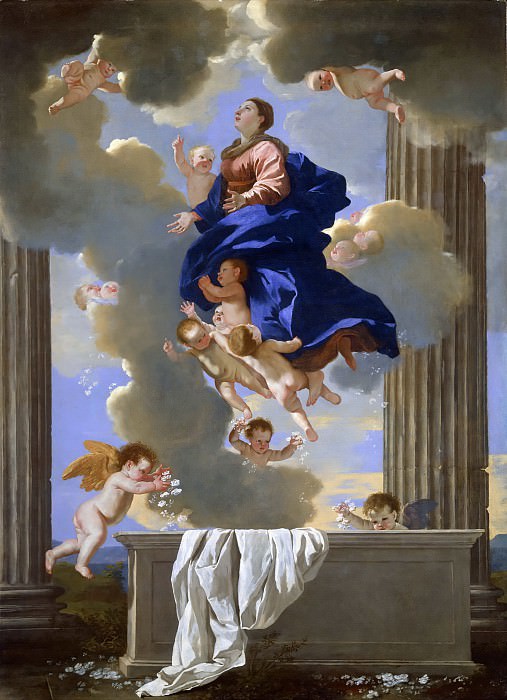Donatello: The Pioneer of Renaissance Sculpture
Donatello, born Donato di Niccolò di Betto Bardi, was an Italian sculptor who was a pivotal figure in the early Renaissance period. His work laid the foundation for the development of Renaissance art and sculpture, significantly influencing artists who followed. Born in Florence in 1386, Donatello's innovative approach and mastery of techniques have secured his place as one of the greatest sculptors in history. This article explores his life, major works, techniques, and enduring legacy.
Early Life and Training
Donatello was born into modest circumstances, yet his talent and dedication allowed him to rise to prominence. Little is known about his early life, but it is believed that he received his initial training in a goldsmith's workshop. This early exposure to fine detail and precision in metalwork would later translate into his sculptural practice. By the age of twenty, Donatello had joined the workshop of Lorenzo Ghiberti, a leading sculptor of the time, where he worked on the bronze doors of the Florence Baptistery.
The Influence of Classical Antiquity
Donatello's work is characterized by a profound understanding and reinterpretation of classical antiquity. He was one of the first artists of his time to study ancient Roman sculpture extensively, incorporating its principles into his own work. This is evident in his use of contrapposto, a technique where figures are depicted with a naturalistic weight shift, creating a sense of movement and life. His early works, such as the marble statues of David and St. Mark, showcase his ability to blend classical ideals with contemporary realism.
Major Works and Innovations
One of Donatello's most famous works is his bronze statue of David, created around 1440. This piece was groundbreaking as it was the first freestanding nude male sculpture since antiquity. Unlike the heroic and idealized forms of ancient statues, Donatello's David is a young, almost androgynous figure, capturing a moment of contemplation and vulnerability. This portrayal marked a significant departure from traditional representations and highlighted Donatello's innovative approach.
Another notable work is the Equestrian Statue of Gattamelata, located in Padua. Completed in 1453, this statue depicts the Venetian condottiero Erasmo da Narni, known as Gattamelata, on horseback. The statue's grandeur and realism set a new standard for equestrian monuments and demonstrated Donatello's mastery of bronze casting and his ability to convey authority and dynamism.
Donatello's ability to work in various mediums is exemplified by his marble reliefs, such as the Feast of Herod. This work, created for the Baptistery of Siena, showcases his innovative use of perspective to create depth and drama. The relief is a masterful composition, where the spatial arrangement of the figures guides the viewer's eye through the narrative.
Techniques and Artistic Vision
Donatello's artistic vision was deeply rooted in humanism, the intellectual movement that emphasized the study of classical texts and the potential of human achievement. His sculptures reflect a profound understanding of human emotion and physicality. Donatello was a pioneer in using the schiacciato technique, a form of very low relief carving that creates an illusion of depth through subtle gradations of texture. This technique is evident in works like the Pazzi Madonna, where delicate lines and shallow carving produce a sense of three-dimensionality on a flat surface.
His ability to convey emotion through expression and gesture is particularly notable. In works such as the Penitent Magdalene, Donatello portrays the saint as a gaunt, weathered figure, capturing her inner torment and spiritual fervor. This raw and expressive approach was revolutionary, moving away from idealized forms to more realistic and emotionally charged depictions.
Legacy and Influence
Donatello's impact on Renaissance art cannot be overstated. His innovative techniques and visionary approach paved the way for future artists, including Michelangelo and Leonardo da Vinci. His work served as a bridge between the classical art of antiquity and the evolving humanist ideals of the Renaissance. Donatello's emphasis on realism, emotional expression, and the study of classical forms influenced generations of sculptors and artists.
His contributions extended beyond sculpture to architecture and decorative arts. His collaborative works with architects like Filippo Brunelleschi, particularly in the design of the Old Sacristy in San Lorenzo, Florence, showcase his versatility and influence across different artistic disciplines.
Later Years and Death
In his later years, Donatello continued to produce significant works, though he faced challenges and controversies. His bronze pulpits for the Basilica of San Lorenzo in Florence, completed in the 1460s, are considered masterpieces of narrative relief sculpture. These works, depicting scenes from the Passion of Christ, are characterized by their dramatic intensity and innovative use of perspective.
Donatello's final years were marked by declining health, but he remained active and dedicated to his craft until his death in 1466. He was buried in the Basilica of San Lorenzo, a testament to his lasting connection to Florence and its artistic heritage.
Conclusion
Donatello's legacy is one of innovation, mastery, and profound influence. His ability to blend classical inspiration with contemporary realism set new standards for sculpture and contributed significantly to the development of Renaissance art. Through his works, Donatello captured the human experience in its various forms, from the heroic to the vulnerable, the divine to the everyday. His pioneering techniques and artistic vision continue to inspire and resonate with artists and art lovers around the world, ensuring his place as one of the greatest sculptors in history.




